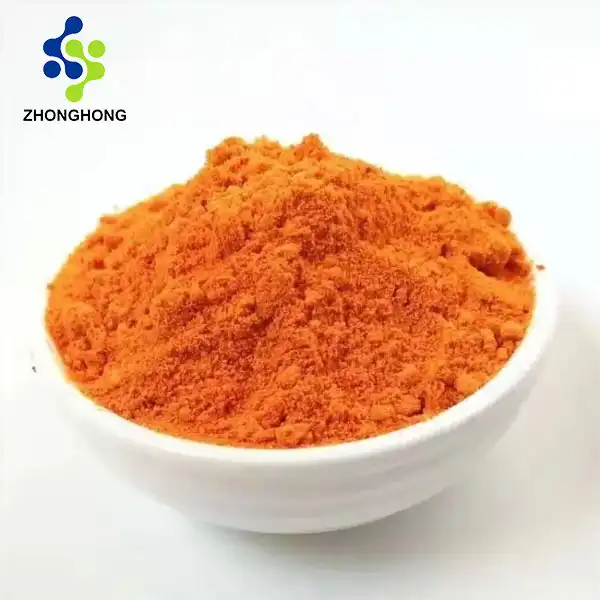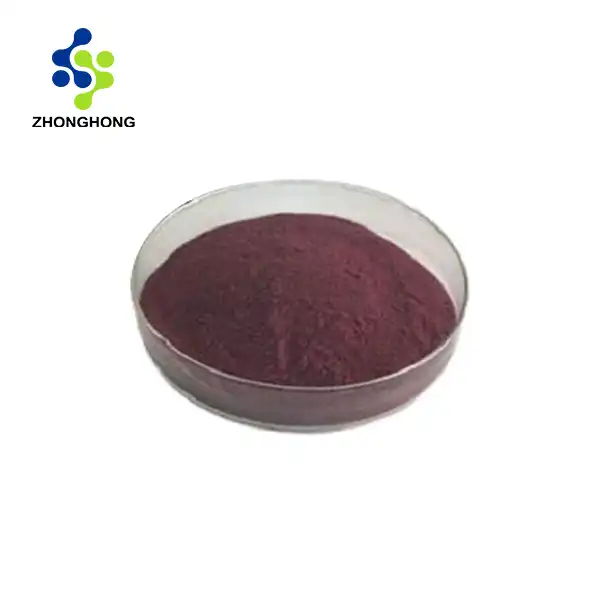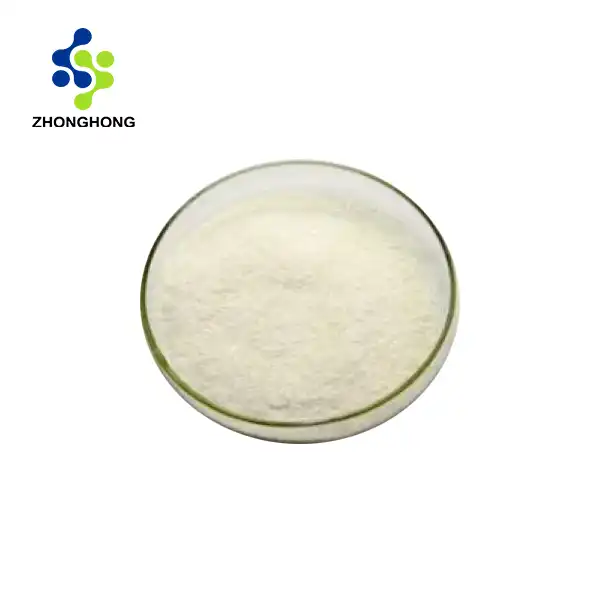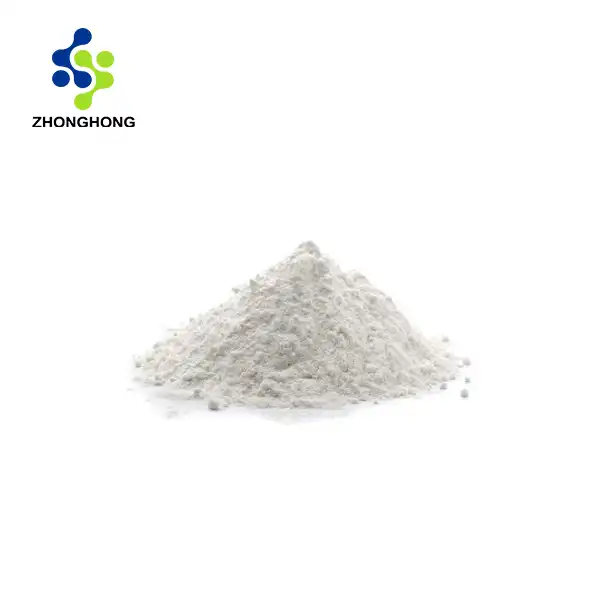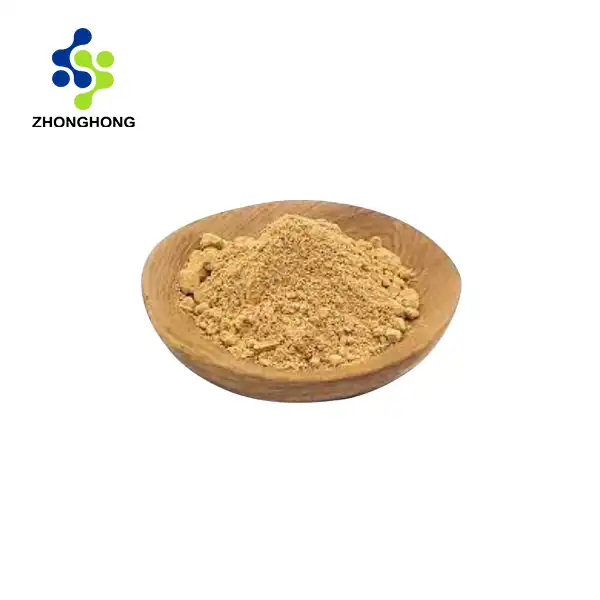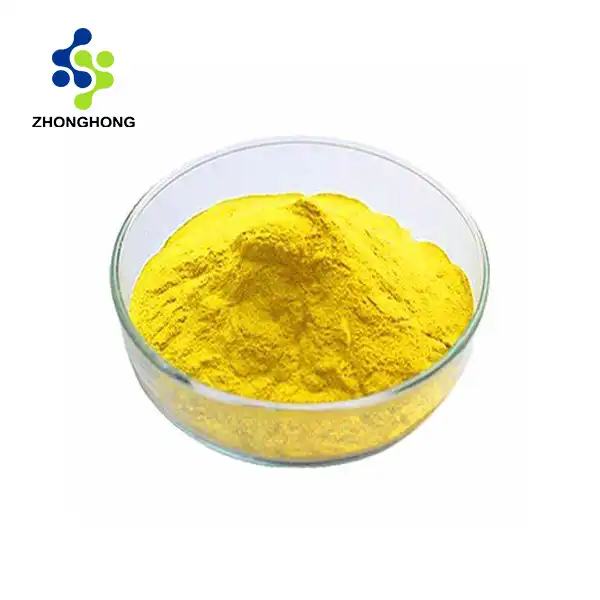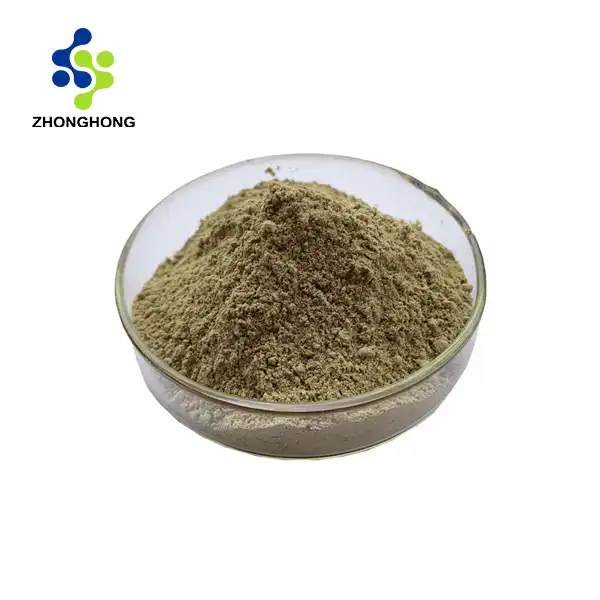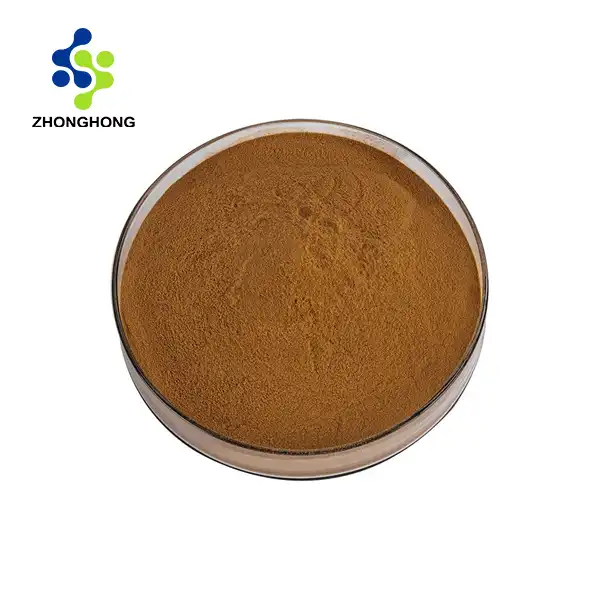Benefits of Using Hops Extract in Hard Cider Production
Enhanced Flavor Profile
Incorporating hops extract powder into hard cider production can significantly enhance the flavor profile of the final product. The unique characteristics of hops, including their bitter, floral, and citrusy notes, can add depth and complexity to the cider's taste. This botanical addition creates a harmonious balance with the natural sweetness and tartness of apples, resulting in a more sophisticated beverage. The versatility of hops extract allows cider makers to experiment with various flavor combinations, catering to diverse consumer preferences and creating distinctive products in the competitive craft beverage market.
Improved Aroma
One of the most notable benefits of using hops extract in hard cider is the improvement in aroma. Hops are renowned for their aromatic properties, which can range from piney and resinous to fruity and floral. When added to cider, these aromatic compounds infuse the beverage with enticing scents that enhance the overall sensory experience. The volatile oils in hops extract powder release their fragrances gradually, creating a layered olfactory profile that evolves as the cider is consumed. This aromatic enhancement can make the cider more appealing to consumers and differentiate it from traditional, non-hopped varieties.
Natural Preservative Properties
Hops extract powder serves as a natural preservative in hard cider production, offering an alternative to synthetic additives. The antibacterial properties of hops help inhibit the growth of spoilage organisms, extending the shelf life of the cider without compromising its natural qualities. This preservative effect is particularly beneficial for craft cider producers who prioritize using natural ingredients and minimal processing. By incorporating hops extract, cider makers can maintain the integrity and freshness of their product for longer periods, potentially reducing waste and improving market reach.
Techniques for Incorporating Hops Extract into Hard Cider
Dry Hopping Method
The dry hopping method is a popular technique for incorporating hops extract powder into hard cider. This process involves adding the extract directly to the fermented cider, typically during the secondary fermentation or conditioning phase. To dry hop effectively, dissolve the desired amount of hops extract powder in a small quantity of the cider or a neutral spirit before introducing it to the bulk of the liquid. This ensures even distribution and prevents clumping. Allow the cider to rest with the hops extract for several days to a week, depending on the desired intensity of hop character. The dry hopping method is particularly effective for imparting aromatic qualities and subtle flavors without significantly increasing bitterness.
Boil Addition Technique
For cider makers looking to incorporate hops extract earlier in the production process, the boil addition technique can be employed. This method involves adding the hops extract powder during the initial heating of the apple juice or must, before fermentation begins. Dissolve the extract in a small amount of hot water and add it to the boiling liquid, allowing it to simmer for 5-15 minutes. This technique is ideal for those seeking to impart more bitterness to their cider, as the heat exposure will isomerize the alpha acids in the hops, increasing their bitter contribution. However, it's important to note that this method may result in the loss of some of the more delicate aromatic compounds found in hops.
Staged Addition Process
The staged addition process combines elements of both dry hopping and boil addition to create a more complex hop profile in the cider. This technique involves adding small amounts of hops extract at different stages of the cider-making process. Begin by incorporating a portion of the extract during the initial heating phase to develop a base level of bitterness. Then, add another dose during primary fermentation to infuse the cider with hop flavors as it develops. Finally, perform a dry hop addition during secondary fermentation or conditioning to enhance the aroma. This multi-stage approach allows for greater control over the final hop character and can result in a more nuanced and layered cider profile.
Balancing Hops Extract with Cider Characteristics
Complementary Flavor Pairings
When using hops extract powder in hard cider, it's crucial to consider complementary flavor pairings that enhance rather than overpower the natural apple characteristics. Certain hop varieties, such as Cascade or Citra, can impart citrusy notes that harmonize well with the fruity essence of apples. Alternatively, earthy and spicy hop varieties like Saaz or East Kent Goldings can add depth to sweeter cider varieties. Experiment with different hop extracts to find the perfect balance that accentuates the cider's inherent flavors while introducing new dimensions to the taste profile. Consider the apple varieties used in your cider base and select hops that will complement their unique attributes, creating a synergistic flavor experience.
Adjusting Bitterness Levels
Balancing the bitterness imparted by hops extract with the natural sweetness of cider requires careful consideration and experimentation. The International Bitterness Units (IBU) scale, commonly used in beer brewing, can be adapted for cider to measure hop bitterness. Start with low levels of hops extract, around 10-20 IBUs, and gradually increase to find the ideal balance for your cider. Remember that the perceived bitterness will also depend on the cider's acidity and residual sweetness. Dry ciders may require less hop bitterness to achieve balance, while sweeter varieties can often support higher levels of hop addition. Regular taste testing throughout the process is essential to ensure the bitterness complements rather than dominates the cider's flavor profile.
Achieving Aromatic Harmony
Creating aromatic harmony between hops extract and cider involves careful consideration of both intensity and compatibility. The goal is to enhance the cider's bouquet without masking its natural apple aromas. When using hops extract powder, start with small amounts and focus on late additions or dry hopping to preserve the delicate aromatic compounds. Consider the aromatic profile of your chosen hop extract and how it will interact with the apple varieties in your cider. For example, floral hop aromas can beautifully complement the sweet scent of ripe apples, while piney or herbal notes can add an intriguing contrast. Aim for a balanced aromatic profile where both the hops and apple characteristics are discernible and work together to create a complex and inviting aroma.
Conclusion
Incorporating hops extract powder into hard cider production offers a world of possibilities for crafting unique and flavorful beverages. By carefully balancing the benefits of hops with the inherent characteristics of cider, producers can create innovative products that appeal to a wide range of consumers. Whether enhancing flavor, improving aroma, or leveraging natural preservative properties, the judicious use of hops extract can elevate hard cider to new heights of complexity and enjoyment. If you want to get more information about this product, you can contact us at liaodaohai@gmail.com.
_1728976869676.webp)
